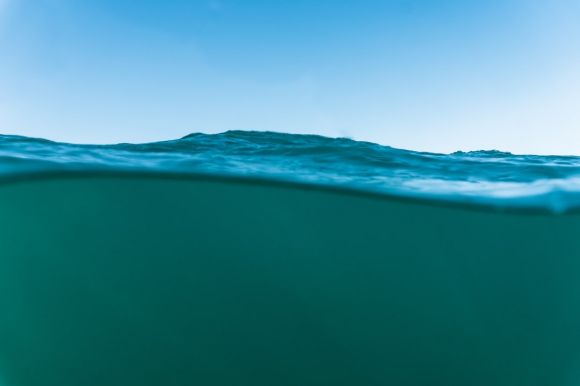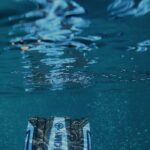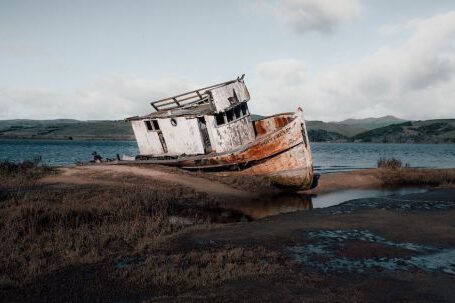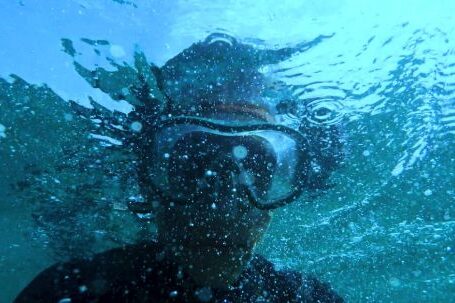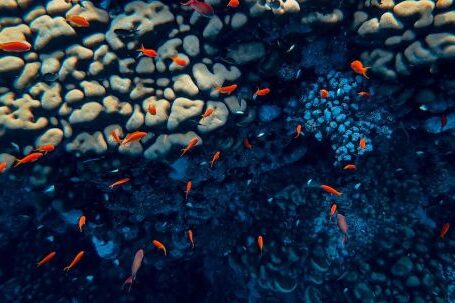Exploring the depths of the ocean is like entering a whole new world, filled with vibrant colors and breathtaking beauty. However, there is an invisible world that lies beneath the surface, waiting to be discovered – the world of underwater fluorescence. Capturing the mesmerizing glow of fluorescent marine life can be a challenge, but with these tips, you can take your underwater fluorescence photography to the next level.
Understanding Underwater Fluorescence
Before diving into the world of underwater fluorescence photography, it is important to understand the science behind it. Fluorescence occurs when certain marine organisms absorb high-energy light and re-emit it at a lower energy, creating a stunning fluorescent glow. This phenomenon can be witnessed in corals, anemones, fish, and even some crustaceans.
Invest in the Right Equipment
To capture the vibrant colors of fluorescent marine life, you will need specialized equipment. Start by investing in a camera that is capable of shooting in RAW format, as this will give you greater control over the final image. Additionally, a camera with manual controls will allow you to adjust the settings to suit the unique lighting conditions underwater.
Choose the Right Filters
Filters are essential for underwater fluorescence photography as they help enhance the fluorescence and block out unwanted ambient light. Blue or purple filters are commonly used to absorb the ambient light and accentuate the fluorescence. Experiment with different filters to find the one that works best for the specific conditions you are shooting in.
Master the Art of Lighting
Lighting plays a crucial role in underwater fluorescence photography. To capture the fluorescent colors accurately, you will need to use external strobes or dive lights. Position the lights strategically to eliminate harsh shadows and evenly illuminate the subject. Experiment with different lighting angles and intensities to achieve the desired effect.
Get Close and Personal
One of the keys to capturing stunning underwater fluorescence photographs is to get as close to the subject as possible. Fluorescence is generally weak and fades quickly with distance, so getting up close will ensure that you capture the vibrant colors in all their glory. Be patient and approach the subject slowly to avoid scaring it away.
Experiment with Exposure Settings
Underwater fluorescence photography requires experimenting with exposure settings to achieve the perfect shot. Start by setting the ISO to its lowest value to minimize noise in the image. Then, adjust the aperture and shutter speed to achieve the desired depth of field and exposure. Remember to review your images after each shot and make adjustments as necessary.
Capture the Moment
In underwater photography, timing is everything. Keep an eye out for moments when the fluorescence is at its peak, such as during feeding or mating behaviors. Patience and observation are key to capturing these captivating moments. Always be ready to press the shutter and capture the magic as it happens.
Preserve the Environment
As photographers, it is our responsibility to protect and preserve the underwater environment. When capturing underwater fluorescence photographs, be mindful of your surroundings and the marine life you are photographing. Avoid touching or disturbing the organisms, and never remove anything from its natural habitat. By respecting the environment, we can continue to enjoy its beauty for years to come.
In conclusion, underwater fluorescence photography offers a glimpse into the mesmerizing world that lies beneath the surface. With the right equipment, filters, lighting, and techniques, you can capture the vibrant colors and ethereal glow of fluorescent marine life. Remember to experiment, be patient, and above all, respect the environment. So dive in, explore the invisible world, and let your creativity shine through your underwater fluorescence photographs.
